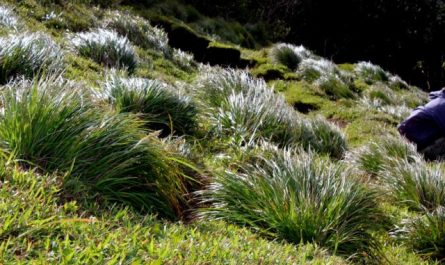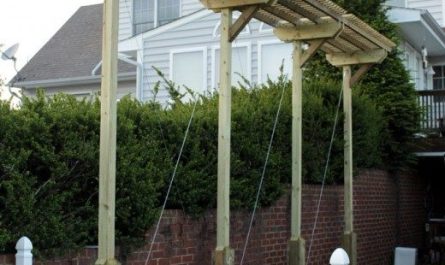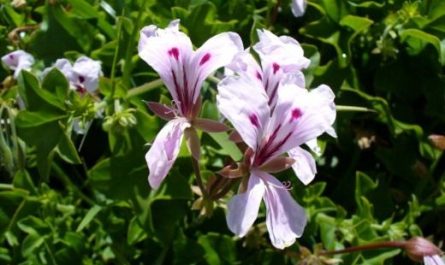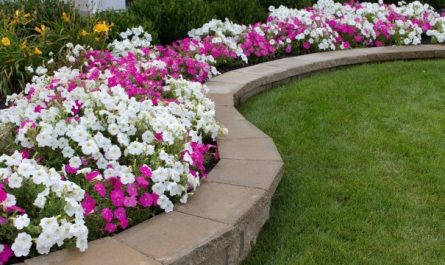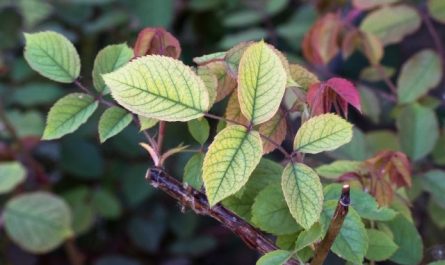Groundcover plants successfully fill the gaps between tall perennials and shrubs. The most beautiful and valuable of them are those that form even, picturesque cushions that tightly cover the ground, prevent incoming weed seeds from taking root, do not require special care, and are decorative from snow to snow. These are the qualities that zhivichka creeping (Ajuga reptans), sometimes called ajuga, is a low (up to 30 cm with a peduncle) herbaceous perennial of the Lamiaceae (Labiatae) family, a common forest plant, distributed from the central zone to the northern regions.

Popular varieties of creeping Jenny
Among the decorative varieties of tenacious, the most widespread variety is Atropurpura (Atropurpurea). Its leaves are brownish-bronze in color, wrinkled. It forms dense solid cushions no more than 8 cm high. Of all the tenacious plants, this variety stands out for its sun-loving nature; it is more decorative in the sun.
Grade Burgundy Glow (Burgundy Glow) is very common. It is beautiful with its small leaves, the color of which on different soils and under different lighting conditions includes reddish, lilac, brown shades and spots. It is best suited for shady and semi-shady places.



Plants have varieties Multicolor (Multicolor) bright purple leaves with scarlet and orange-yellow spots, which in the shade become dark green with pink and yellow streaks.
Plants have varieties Variegata (Variegata) greyish-green leaves with creamy edges.
Plants have varieties Black Scallop (Black Scallop) shiny dark purple leaves with serrated edges, flowers are dark blue. When grown in a sunny place, the leaves become darker.
In Western Europe there are numerous varieties that are still little known here. Most of them can winter quite well in the Moscow region.

How to care for tenacious plants?
Ajuga are easy to care for, but in dry years they need watering, without which they can lose their decorative qualities. However, in normal years with 200 mm or more of precipitation in summer, they do not need to be watered at all.
All tenacious plants, with the exception of the Atropurpurea variety, grow better in partial shade. They like moist, light, fertile loams or sandy loams. They do not tolerate drought. Regular fertilization in spring is necessary. The varieties reproduce exclusively by vegetative-daughter rosettes.

What role can tenacious play in the garden?
The uniqueness of the creeping bugleweed is that it can be used to create elegant red-brown spots in a flower bed. In addition, it is one of the few groundcover plants that grow well on slopes. It feels great among stones and in the depressions between them, in border plantings along paths.
The plant is suitable for large rock gardens, as it very quickly forms a dense thick cover. In mini rock gardens, it is necessary to limit the growth of the tenacious.
It can be used to cover the soil around trees, under bushes. If you need to cover a patch of empty land in the shade, where it is impossible to arrange a lawn, you will not find a better plant. Jenny can be planted in the foreground of flower beds, interspersed with their cushions in compositions of conifers, perennials and shrubs.
Although tenacious plants are still rare in Russian front gardens, their popularity has been growing rapidly in recent years. It is enough to see the pretty cushion of this groundcover plant once to want to have it under your window.

